Believe the fairy tales. What were the fairy tales, they will come true.
That is a common beginning to Russian stories, and it is a wise one. We have always tried to make sense of the natural forces in the world and of the hidden forces in ourselves. Sometimes we give them shapes as gods and devils and spirits; sometimes we make them into animals; sometimes we subject them to rules, which we call magic. And I would call much of magic the science we have not discovered yet.
Four hundred years ago, a man could write in England: Our mothers maids have so terrified us with an ouglie divell having hornes on his head, fier in his mouth, and a taile in his breache, eies like a bason, fanges like a dog, claws like a beare, and a voice roring like a lion, whereby we start and are afraid when we hear one cry Bough; and they have so fraied us with bull beggers, spirits, witches, urchins, elves, hags, fairies, satyrs, pans, faunes, syleens, kit with the cansticke, tritons, centaures, dwarfes, giants, imps, calcars, conjurers, nymphes, changelings, Incubus, Robin good-fellowe, the spoorne, the mare, the man in the oke, the hell waine, the firedrake, the puckle, Tom thombe, hob goblin, Tom tumbler, boneles, and such other bugs, that we are afraid of our own shadows.
Little has changed since then. We may have lost our faith in the terror of the cornfield and the greenwood, but we still need terror. Boneles and such other bugs now ride flying saucers, and it is in the galaxy, not the churchyard, that menace lies.
We need to be scared. It is healthy and good for us. But not all traditional stories are about confronting fear. They can show us our humanity and convey a sense of the numinous.
Traditional stories may be myth, legend, fairy tale or folk tale. Each of these terms has a different and technical meaning; but this book is not technical. It is for anyone that loves a story, whether the story be anecdote or epic.
I believe that story is, at root, universal; though it changes with, and benefits from, its cultural trappings. To test this I have taken some stories out of their context and put them into the words of my own family, especially into the words of my grandfather, Joseph Garner, who was a smith. In a village the glow of the dark smithy is, or was, a place of mystery, a boundary between worlds. What was spoken round the anvil was not spoken in the street. So, having selected and compared written texts, I took some of them back to my childhood and said: Please, Grandad, tell me this story. And I listened, and wrote what he told me. I did it for more than one reason.
Folk tales once belonged to everyone, though not everyone was qualified to tell them, and it is a comparatively recent assumption that they are for children only.
In this selection I have tried to get back, through the written word, a sense of the spoken. These stories, even the most formal, are to be heard as well as seen.
During the seventeenth and eighteenth centuries, in Britain, traditional stories of the fantastic and the supernatural came under attack: directly from the Church, for being either lies or the work of the Devil; indirectly from the educated and the literate, who followed the new sceptical materialism; and incidentally from the growth of towns and cities, which obliterated the oral traditions that a settled rural community may sustain, but an urban society of strangers does not. The result was, by the middle of the nineteenth century, that stories that have existed in all times and in all places, as the common property of all, had been removed from their tellers and their audience and delivered up to child-minders and to scholars.
In the nursery, printed folk tales became tracts to support authority, with moral lessons inserted and the wilder elements tamed so that children should not be exposed to unseemly events. And in the academic world, the duty of the folklorist was to rescue and record the stories that had survived, without concern for a popular audience. On the one hand, the texts were made literary and trite; and on the other, remote and unattractive, since the accurate transcription of spoken words carries with it little of the performance, in which the vitality lies.
By nature, folk tale addresses itself to the ear rather than to the eye. Its first appeal is to a listener, and, since a listener is unable to stop and consider as a reader may, the form of the tale is direct. Plot evolves through physical action, and other concerns are kept in the listeners head by repetition. When literary styles, based on reason, try to make sense of folk tale, they render it mundane. The real meaning is in the music; it is in the language: not phonetics, grammar or syntax, but pitch and cadence, and the colour of the word.
In this selection I have tried to get back, through the written word, a sense of the spoken. I have worked to recreate the moment of the telling, so that the printed word may sing.
Alan Garner
 here was a hill that ate people. The Rabbits grandmother told him never to go near it.
here was a hill that ate people. The Rabbits grandmother told him never to go near it.
So the Rabbit went to the hill, and shouted, Gobbleknoll, swallow me! Come, devour me!
But Gobbleknoll knew the Rabbit, and took no notice.
Later that day, a group of travellers came by, looking for a place to shelter from the rain, and Gobbleknoll opened his green and ferny lips, and the travellers thought that they had found a cave. They went in, and the Rabbit slipped close behind them. But the hill felt hairy pads on his tunnels, and before the Rabbit could reach the middle, Gobbleknoll threw him out, and the grass shut.
The Rabbit went and hid behind a tree, and a few days later a hunting party arrived at the hill just before night, and Gobbleknoll opened again. This time the Rabbit used magic art, and took the shape of a man, except for his ears, which he tucked down his shirt, so that they would not brush against the roof and make Gobbleknoll sneeze.
He went down long and horrid passages, until he came to the hills stomach, and there were the remains of all the victims, and some who were not yet dead.
Hey hey hey! shouted the Rabbit. Why dont you eat? You leave the best! Heres a delicious heart. Whats wrong with that?
Gobbleknoll set up a dismal howling, for it was his own heart that the Rabbit had seen. And the Rabbit knew this, and took out a knife, and stabbed the hill dead. The ground split, and the blue sky lit the deep hollows, and the living came out and wept before the Rabbit, and wanted to give him power and riches. But all the Rabbit would take was Gobbleknolls fat, and he went home with it on his back, and he and his grandmother were fit to burst from it for many a day.

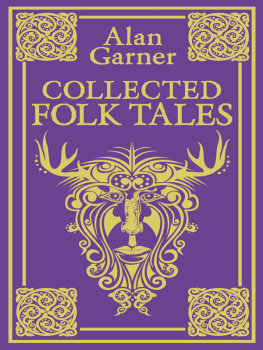

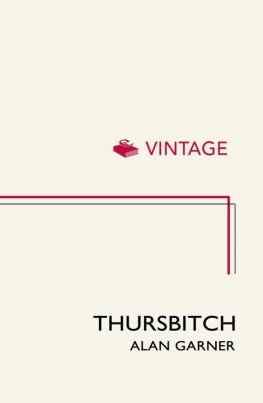

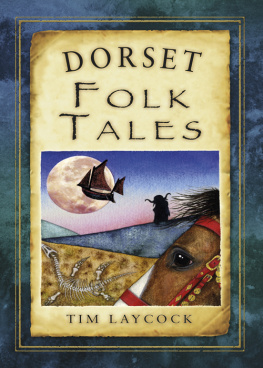
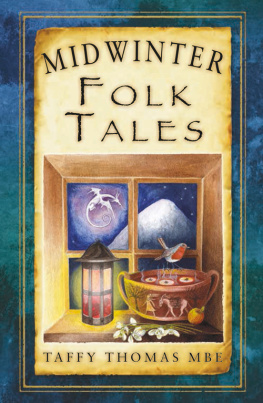
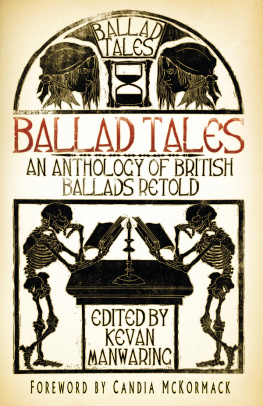
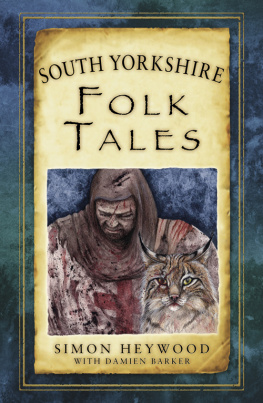
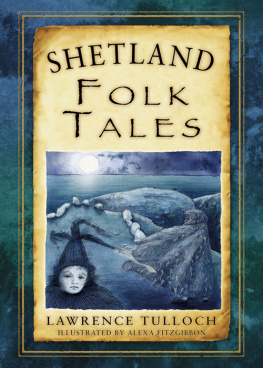
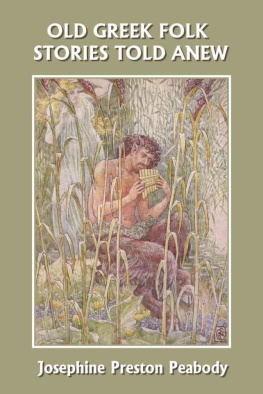
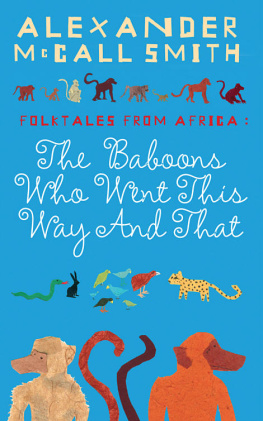


 here was a hill that ate people. The Rabbits grandmother told him never to go near it.
here was a hill that ate people. The Rabbits grandmother told him never to go near it. ong, long ago, when the world had just been made, and the blue sky was being put up over it, Shick-Shack lived with a fox in a wilderness place.
ong, long ago, when the world had just been made, and the blue sky was being put up over it, Shick-Shack lived with a fox in a wilderness place.